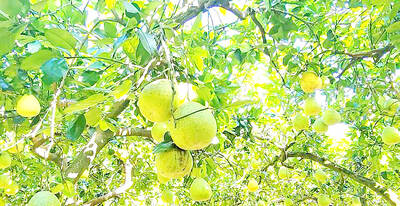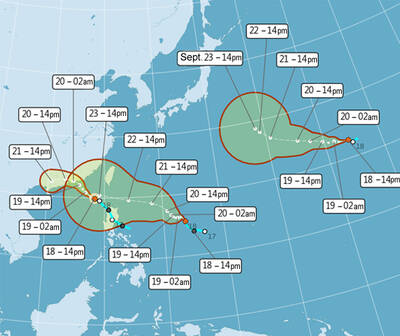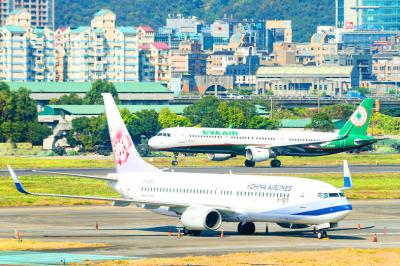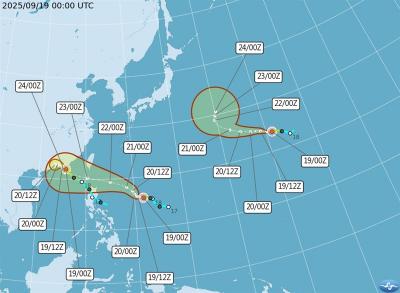Plans to force reporters and photographers to remain in so-called “press zones” during demonstrations have been scrapped, the Taipei City Police Department said yesterday.
Police Department Deputy Commissioner and spokesman Chou Shou-sung (周壽松) said the city had decided that reporters should be allowed to cover demonstrations “in the current manner without any restrictions.”
“The mayor placed a great emphasis on [reporters’] opinions and there was also the consideration that reporters have a right to know when they cover the news,” he said.
Rules announced in early January requiring reporters at rallies to stay in designated press zones — reportedly for their own safety — were quickly put on hold in the face of widespread criticism that being confined in a specified zone would interfere with coverage.
At the time, associates of Taipei Mayor Ko Wen-je (柯文哲) said the new rules had been formulated by the administration of former mayor Hau Lung-bin (郝龍斌), with Ko saying in an interview that he could not understand how the department could come up with such a “stupid policy.”
However, Ko stirred further controversy with a proposal that reporters be required to wear special identifying vests during rallies.
Reporters said that wearing the vests would make them identifiable to anyone doing anything illegal or clandestine, detracting from coverage.
Chou said that instead of requiring reporters to wear special vests, the police department would now require its media liaison staff to wear identifying vests at rallies so that reporters could easily find them if they had questions or needed help.
Taiwan Foreign Correspondents’ Club president Jane Rickards, a correspondent for the Economist, said that she views the decision in a positive way.
“Obviously we’re very pleased that the Taipei City Government and Taipei Police Department have made this decision. We felt the policy they were considering was not conducive to media freedom and did not help with the work that correspondents do,” she said.
Last month, the club issued a statement saying that the pending regulations might “unintentionally damage the spirit of press freedom present in Taiwan to the exclusion of the majority of Asian countries.”
However, Hsu Chun-feng (許純鳳), a production member of a Public Television Service talk show, said that it was not enough to cancel the rule, adding that the police still “lack respect toward journalists’ duty in reporting the news.”
She said that many journalists were blocked from entering the scene of a protest on Monday when laid-off toll collectors stormed the apartment building where Premier Mao Chi-kuo (毛治國) lives.
“Even without the press zones or press vests, the most important thing is that the police must remember reporters are at work too,” Hsu said, adding that reporters should be ensured access when they provide identification.
In January, Hsu was among a group of journalists who launched a petition against the proposed press zones, which garnered the support of more than 600 journalists within a week.

NEW AGREEMENT: Malaysia approved imports last year after nearly two years of negotiations and inspections to meet quarantine requirements, officials said Up to 3.6 tonnes of pomeloes from Taiwan cleared Malaysian customs on Friday, in the first shipment of Taiwanese pomeloes to Malaysia. Taiwan-grown pomeloes are popular in domestic and overseas markets for their tender and juicy taste, the Ministry of Agriculture’s Animal and Plant Health Inspection Agency said. The fruit is already exported to Japan, Canada, Hong Kong, Singapore and the Philippines, it added. The agency began applying for access to the Malaysian market in 2023, compiling data on climate suitability, pests and diseases, and post-harvest handling, while also engaging in nearly two years of negotiations with Malaysian authorities and submitting supplementary

PEAK MONTHS: Data showed that on average 25 to 27 typhoons formed in the Pacific and South China seas annually, with about four forming per month in July and October One of three tropical depressions in the Pacific strengthened into a typhoon yesterday afternoon, while two others are expected to become typhoons by today, Central Weather Administration (CWA) forecaster Lee Ming-hsiang (李名翔) said yesterday. The outer circulation of Tropical Depression No. 20, now Typhoon Mitag, has brought light rain to Hualien, Taitung and areas in the south, Lee said, adding that as of 2pm yesterday, Mitag was moving west-northwest at 16kph, but is not expected to directly affect Taiwan. It was possible that Tropical Depression No. 21 would become a typhoon as soon as last night, he said. It was moving in a

Tigerair Taiwan and China Airlines (CAL) today announced that several international flights were canceled or rescheduled due to Typhoon Ragasa. The Central Weather Administration (CWA) has maintained sea and land warnings for the typhoon. Its storm circle reached the Hengchun Peninsula (恆春半島) on Taiwan's southern tip at 11am today. Tigerair Taiwan said it canceled Monday's IT551/IT552 Taoyuan-Da Nang, IT606/IT607 Taoyuan-Busan and IT602 Taoyuan-Seoul Incheon flights. Tomorrow, cancelations include IT603 Seoul Incheon-Taoyuan, as well as flights between Taoyuan and Sapporo, Osaka, Tokyo Narita, Okinawa, Fukuoka, Saga, Tokyo Haneda, Nagoya, Asahikawa and Jeju. On Wednesday, the IT321/IT322 Kaohsiung-Macau round-trip would also be canceled. CAL announced that today's

Three tropical depressions yesterday intensified into tropical storms, with one likely to affect Taiwan as a typhoon, the Central Weather Administration (CWA) said. The three storms, named Mitag, Ragasa and Neoguri, were designated as storms No. 17 to 19 for this year, the CWA said. Projected routes indicate that Ragasa is most likely to affect Taiwan, it said. As of 2am today, Ragasa was 1,370km east-southeast of Oluanpi (鵝鑾鼻) on the southernmost tip of Taiwan. It was moving west-northwest before turning northwest, slowing from 11kph to 6kph, the agency said. A sea warning for Ragasa is unlikely before Sunday afternoon, but its outer rim